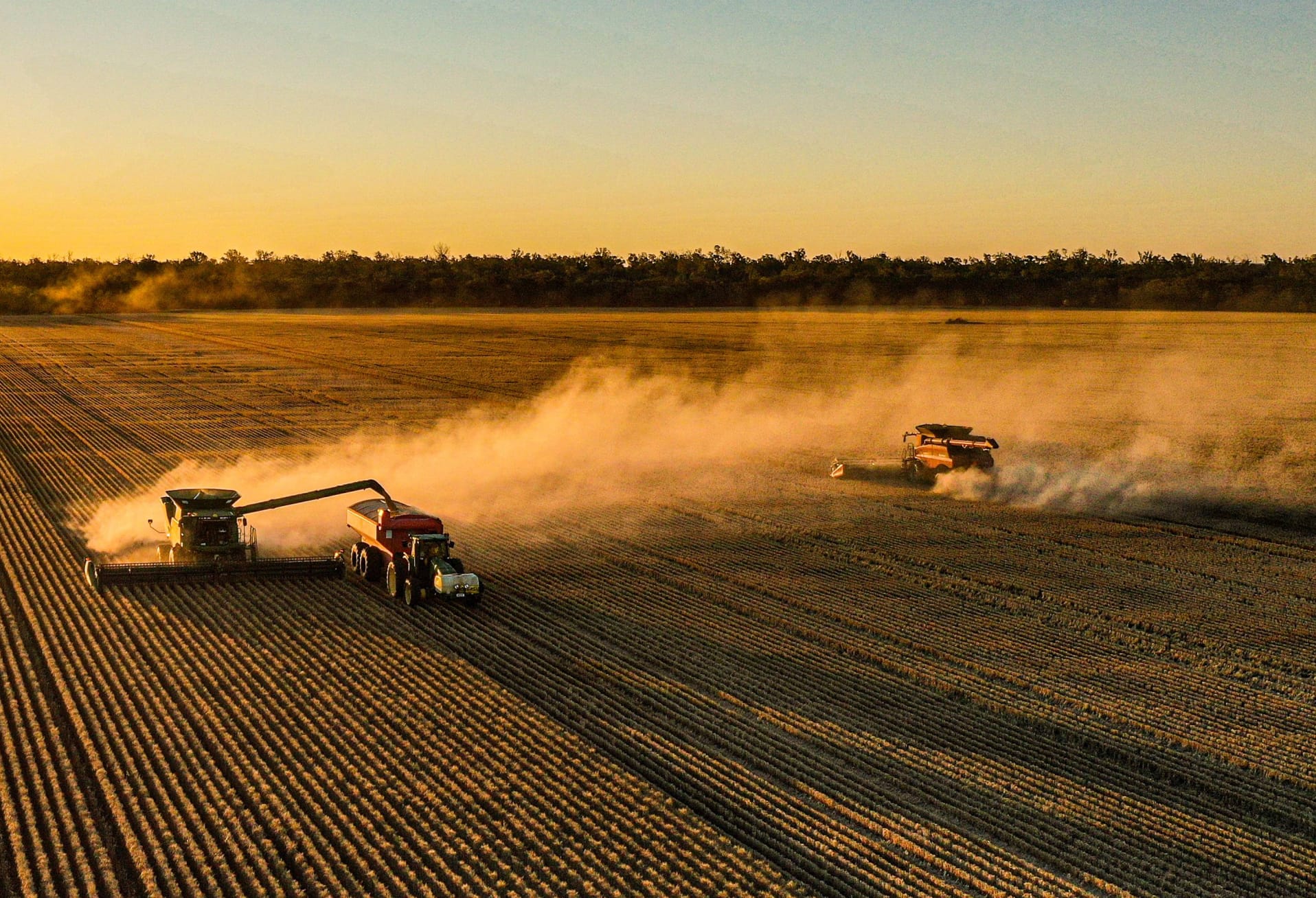A massive Chinese buying spree for soy beans, corn and to a lesser degree wheat has driven markets along during recent months. August to October saw a weather premium build in wheat pricing as dryness spread across the Northern Hemisphere, this weather premium was then halved during the dryness is still there but this is a slow grind as the effect on production will not materialise until mid-2021. Tariffs: barley into China, lentils into India and now potentially on wheat out of Russia. The Aussie dollar keeps on keeping on, moving through 75 cents. This week the USA election result may well be behind us, at long last. The increases in COVID cases throughout the US and much of Europe have made it a watch this space again for disruption to global trade flows and the overall economy. Food security is a high priority at all times but even more so this year and next.
Wheat, competitive pricing.
Global wheat markets certainly rose strongly throughout September/October with US wheat prices at one stage being their highest in six years. While the 2020 global crop was large and the S&D relatively comfortable there were already concerns about 2021 with dryness across parts of the northern hemisphere restricting the sowing and establishment of their next winter wheat crop. November saw a lower trend to prices as the potential of additional wheat export tonnes became likely from the likes of EU, India and of course Australia. Early December has seen some day to day large price movement, but lacking a strong direction. At current grower values, Aussie wheat is competitive into a range of Asian markets.
Barley, changing markets.
Barley exports from Argentina, Canada, France and Ukraine have and will fill the reduction of Australian malting and feed barley supply to China. In turn Australian barley will find itself marketing to an array of destinations throughout South East Asia, the sub-continent and the Middle East, significant feed barley sales have been recently made to Saudi Arabia and Thailand. Any downward movement in the Aussie dollar will be helpful in lifting growers bids back above $200 delivered local silo. Malting premiums remain at historically low levels.
Canola, and ISCC certification.
In the medium term oilseed prices have been firm, largely driven along by strong Chinese demand for US and South American soy beans. With our bigger local canola crop much of our 2020 canola will be exported to European markets meaning that grower tonnes is being be purchased on the basis of being ISCC sustainable. ISCC declarations can now be completed via the NGR website and this one document will cover a range of marketers. Updated information on the ISCC requirements can be found on the AOF website, www.australianoilseeds.com or via the following link Certifying Canola (R-003).
Faba beans, larger crops all round.
International markets feel very heavy with good supply of faba beans already arriving in the main destinations from the Baltics as well as from Australia. Regarding local production, for the last two seasons the main Aussie faba bean supplies were from southern states whereas this year northern NSW & southern Qld are back in the game producing upward of 80,000 tonnes. A bulk faba bean cargo has already departed this month from Newcastle. We do not see faba beans getting back to the high levels of recent years, more realistically they will be in the $300-350 range and at the moment look likely to be at the lower end of this range. Locally high yields and good quality is certainly leading to pressure on the faba market in the short term.
Lentils, Indian import duty changes.
Canada produced a big 2020 lentil crop so they will be strong competition across lentil markets in coming months. The biggest news recently was the announcement by the Indian government to extend the lentil import duty discount to 31st December. While this timeline still did not allow for a great deal of Aussie product to take advantage, it did entice additional Canadian bulk vessels to be shipped to India. As a result, we saw Turkey and Bangladesh come in for more Aussie product, so a change in trade flows without any real demand effect. In early November lentils delivered Wimmera sites kicked up to $700 per tonne, since that time further harvest, excellent yields and quiet overseas markets saw bids retreat. A base of around $590 per tonne has now been found.
From the team at ADM – We wish everyone happy Christmas and a safe & productive New Year.
Peter









